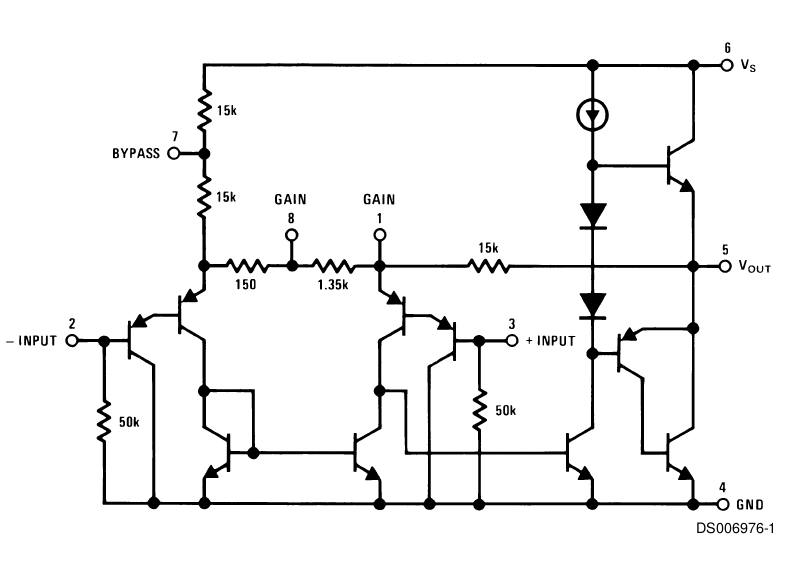I'm just starting out in Electrical Engineering and was wondering if anyone could clarify a question about the following RC circuit regarding the LM386.
My question is about the following circuit:

How has adding such a small value cap (between pins 1 and 5) in parallel to the internal resistor of the op-amp boosted the bass?
I have been reading the data sheet; under gain control it says the following:
Additional external components can be placed in parallel with the internal feedback resistors to tailor the gain and frequency response for individual applications. For example, we can compensate poor speaker bass response by frequency shaping the feedback path. This is done with a series RC from pin 1 to 5 (paralleling the internal 15 kΩ resistor). For 6 dB effective bass boost: R . 15 kΩ, the lowest value for good stable operation is R = 10 kΩ if pin 8 is open.
But I do not understand how it works, as far as I knew the bigger the cap the less capacitive resistance it has, so wouldn't a small cap (0.033 µf) as in the diagram be more resistive to bass frequencies? I know I have misunderstood something here.
All help appreciated.





